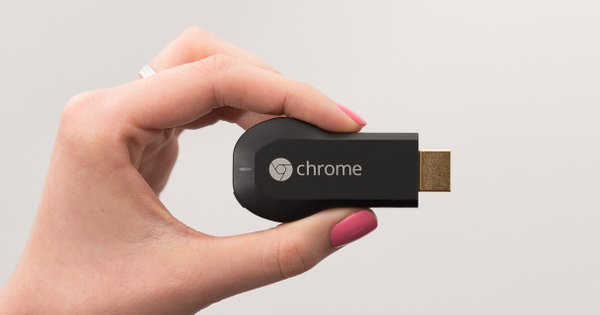Whether it was pre-installed when you bought a new computer or whether you bought it separately; left or right you paid for your Windows 10 license. You might think you can do whatever you want with it. But it is not that simple.
When you have bought or 'got' Windows 10 with a new computer, installed it and activated it, it is inextricably linked to the computer on which this operating system is running. Just use that license (code) on another computer and then also install Windows 10 on it, that is not possible: you also have to pay for a Windows license for that other computer.
Upgrade hardware
But what about when you upgrade your computer's hardware? In the past it sometimes happened that (when you replaced your motherboard and processor, for example) the license of Windows (for example with Windows 7) was suddenly no longer valid, and you ended up with a deactivated copy. Windows 10 seems to be a bit smoother in that regard. Although Microsoft doesn't explain exactly how much of your hardware you can change before you have to reactivate the operating system, it has become a lot easier. You are allowed to replace or upgrade your memory indefinitely, switch hard disks and connecting extra peripherals will never affect your Windows 10 license. If you change part of all hardware (for example motherboard, processor and memory) at once, there is a chance that Windows 10 will 'nag'. Microsoft also checks with Windows 10 whether the license you are using is not also used on another computer. Running two Windows 10 systems with the same license is therefore not possible in any case.
Link license to Microsoft account
The best way to 'secure' your Windows 10 license is to link it to your Microsoft account. If you link your Windows 10 license to your Microsoft account, there is a much smaller chance that you will have problems with the license when you upgrade your hardware. That's because the license is then actually linked to you as a person and not just to your computer. You can see exactly which computers are registered in your name via the online environment of your Microsoft account. That's all the computers you've ever logged into with an @hotmail.com or live.nl account. These are automatically displayed in your Microsoft environment.
You can set up Windows 10 once during installation with a Microsoft account, then activate the operating system and then create a local account within Windows 10. So you don't have to log in with a Microsoft account every time to activate and keep your Windows 10 system activated.

Request a license
If you have an OEM license of Windows 10 (which is the case if you bought your computer with Windows 10 preinstalled), you cannot transfer that license to another computer. It is different when you have purchased Windows 10 separately, for example via a webshop (where you receive a digital product code) or in the store. You can in principle also install this so-called retail version on another (new) computer, provided you deactivate the old computer first. You cannot run a retail license on multiple computers. You can find out what kind of license your Windows 10 PC has via a number of commands. Open the Command Prompt from the start menu and start it with administrator rights. Type in the following line:
slmgr /dli
A screen will appear where you can see what type of license your computer has. If you bought Windows 10 separately, you will see on the right side of the window RETAIL channel to stand. With a pre-installed Windows 10 version (an OEM version) it will say OEM_DM channel.
Have you ever upgraded for free, say Windows 7 or Windows 8 to Windows 10? You can also see whether that license is an OEM or retail license.

Deactivate license
If you plan to install Windows 10 on a new computer, you must deactivate Windows 10 on the old computer, as you are not allowed to use two versions with the same license key. Windows 10 regularly checks in the background whether your license is valid, so there will come a time when one of the two computers is automatically deactivated. Via the aforementioned command, but with a different parameter, it is possible to deactivate a Windows 10 computer. That way you can install Windows 10 on another (newer) computer without any problems. Open another Command Prompt with administrator rights and use this command to deactivate Windows 10:
slmgr /upk
The license key is then immediately released and the installation of Windows 10 on which you have run this command is deactivated.
On the new computer, install Windows 10 in the normal way and enter your product key during the installation, or afterwards with the component Activation in the settings window.

You can still upgrade to Windows 10 for free
Still waiting to upgrade to Windows 10 because you're afraid you'll have to pay? Don't worry, upgrading to Windows 10 is still free. All you need to do (from Windows 7 or Windows 8) is download the upgrade tool. You will find it here. At the top of the page you will find the button Update now. If you click on that, a tool will be downloaded first (Windows10Upgradexxxx.exe, where the four x's represent the version of the file, which can be different).
After downloading, start the tool and after a while the update procedure will appear. Choose the option Update this PC now. The tool then downloads the files needed to upgrade Windows 7 or Windows 8 to Windows 10 in the background. This download can take a while, after all, it concerns about 4 GB of files.
Sometimes this tool can give a message that a certain program is not compatible with Windows 10. If you see that message, you will have to uninstall the program in question via the Control Panel, but usually you can continue with the upgrade to Windows 10. You can even carry all your old Windows 7 accounts and some of the settings with you to Windows 10.


